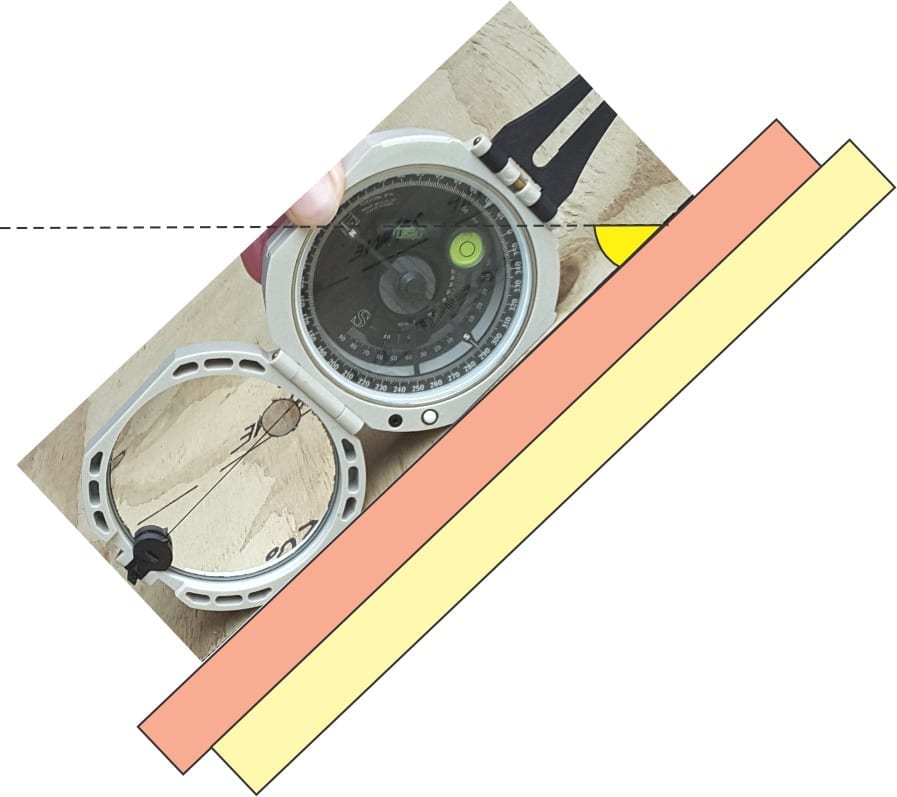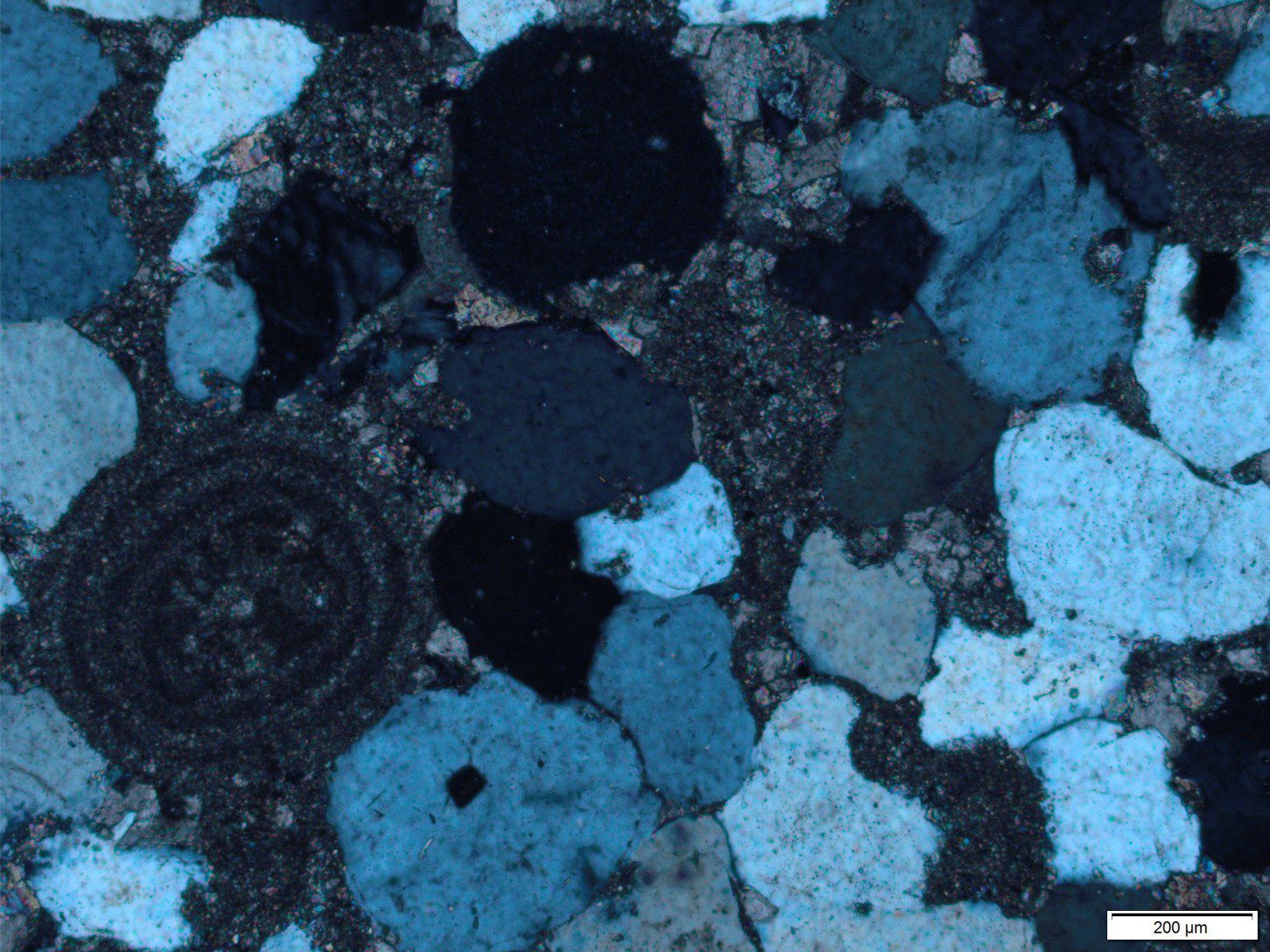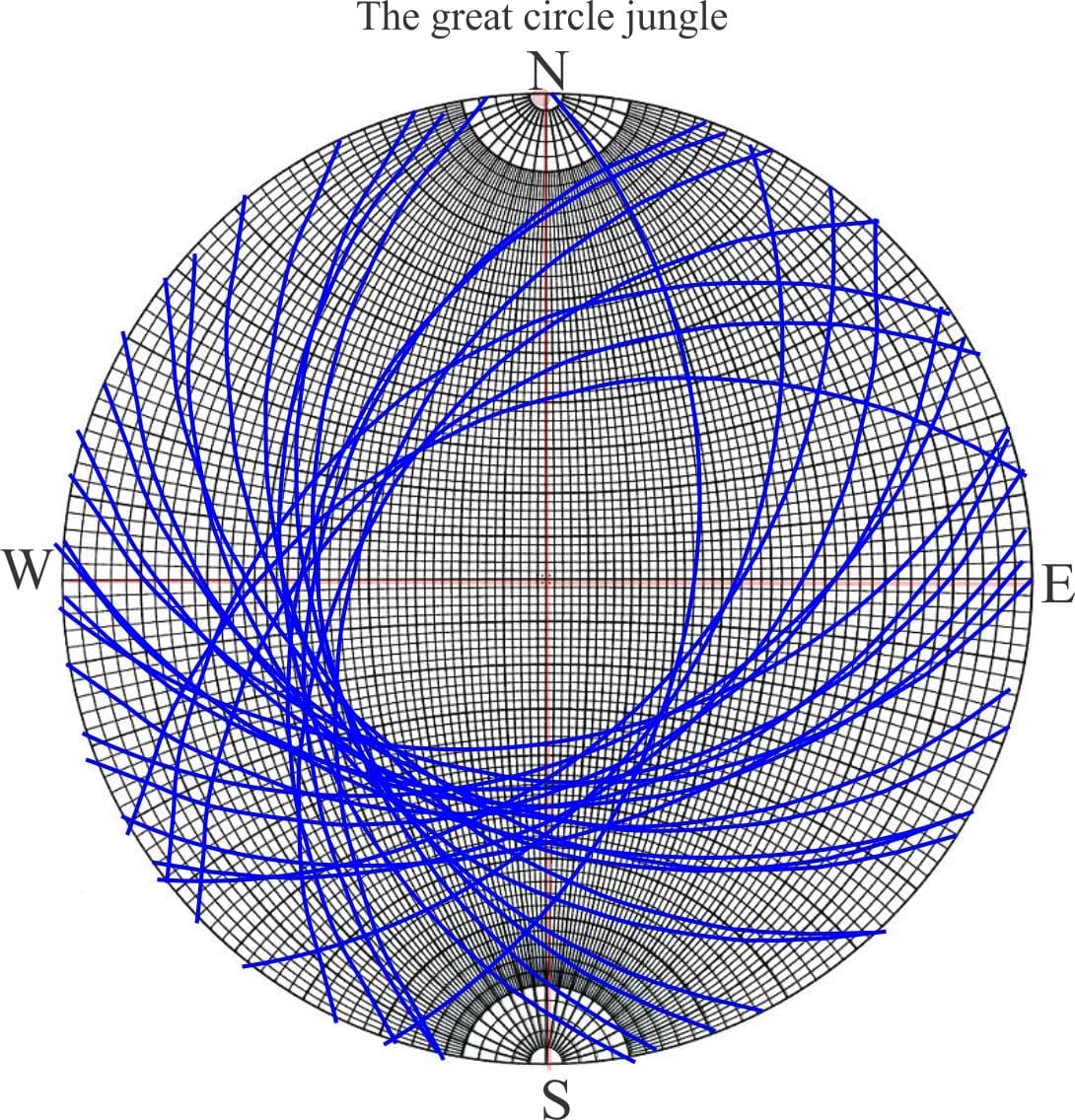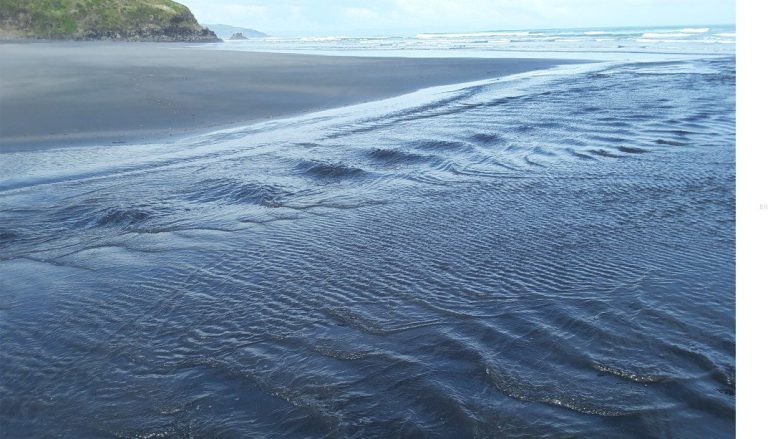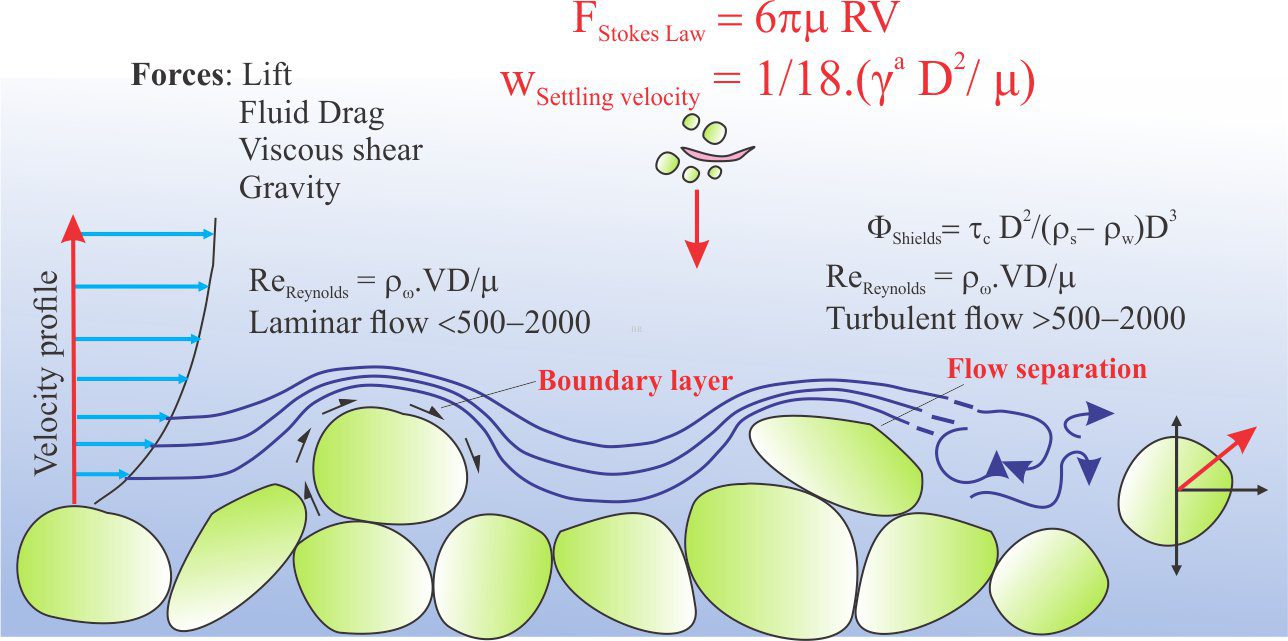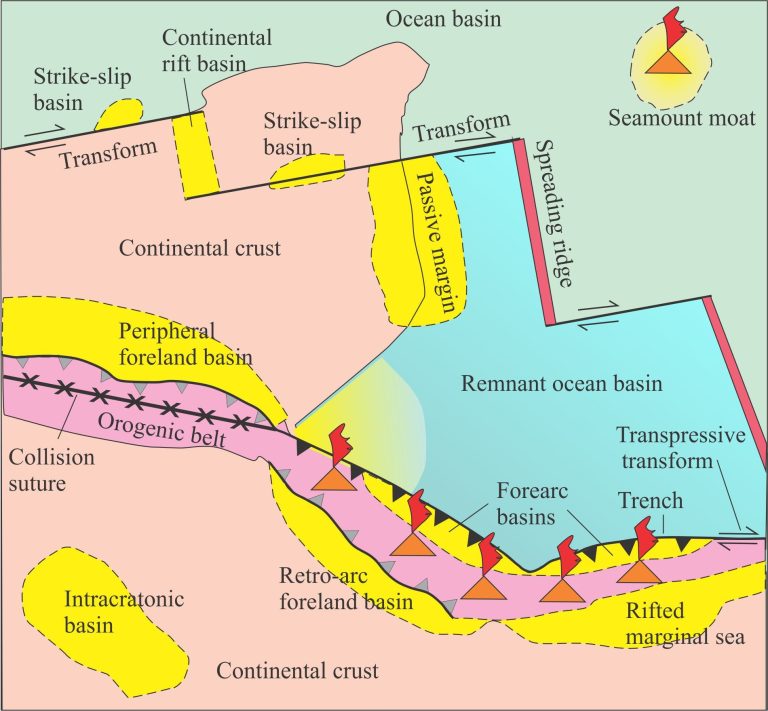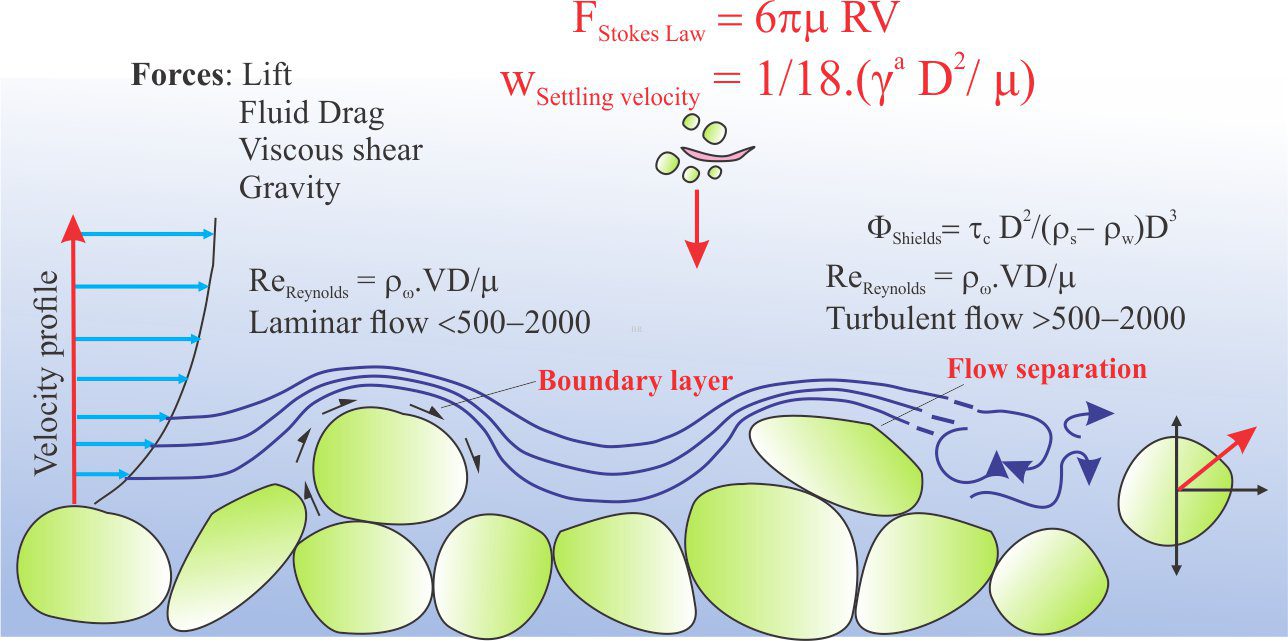Interpreting the Earth
Practical and philosophical ways earth scientists interpret ancient environments, climates, oceans, volcanoes, fossils, earth events
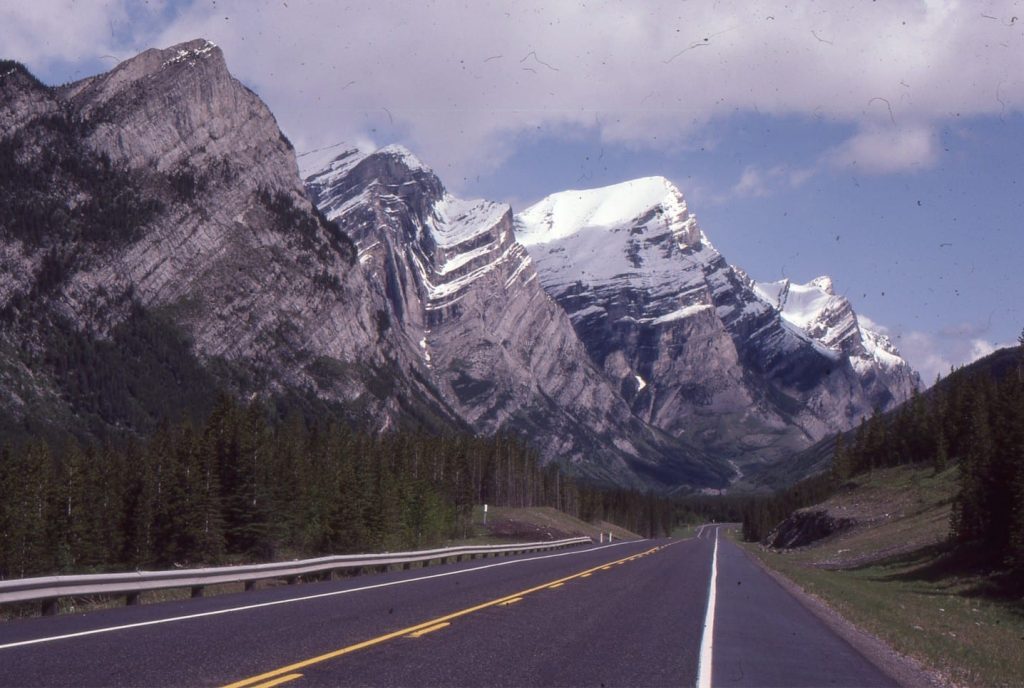
How Geologists Interpret Ancient Environments #1. Getting started
How Geologists Interpret Ancient Environments #2. Ruffles and Desiccation
How Geologists Interpret Ancient Environments #3. A Philosophical Interlude
How Geologists Interpret Ancient Environments #6. When Time Goes Missing
How Geologists Interpret Ancient Environment. #7 Budget Surpluses and Budget Deficits
How Geologists Interpret Ancient Environments. #8 A Forty Million Year Old Fossil Forest
How Geologists Interpret Ancient Environment, #9. The Oil Kitchen Rules
Marrying Fossils, Isotopes and Geological Time
Submarine landslides; danger lurks in the ocean deep
When nature casually flicks a finger at us
Liquefaction; more than a sloppy puddle at the beach
Biomarkers; forensic tools for hydrocarbon fingerprinting
The (not so) Great Dying; Permian extinctions
Burnt soles: black sand beaches in New Zealand
Darwin Day, with apologies to Abraham Lincoln
Ropes, pillows, and tubes; modern analogues for ancient volcanic structures
Rip currents – you have been warned
Crème brûlée, jelly sandwich, and banana split; the manger a trois of layered earth models
Tidal waves; prisoners of celestial forces
